Why this Paris brasserie feels so right after COVID distancing
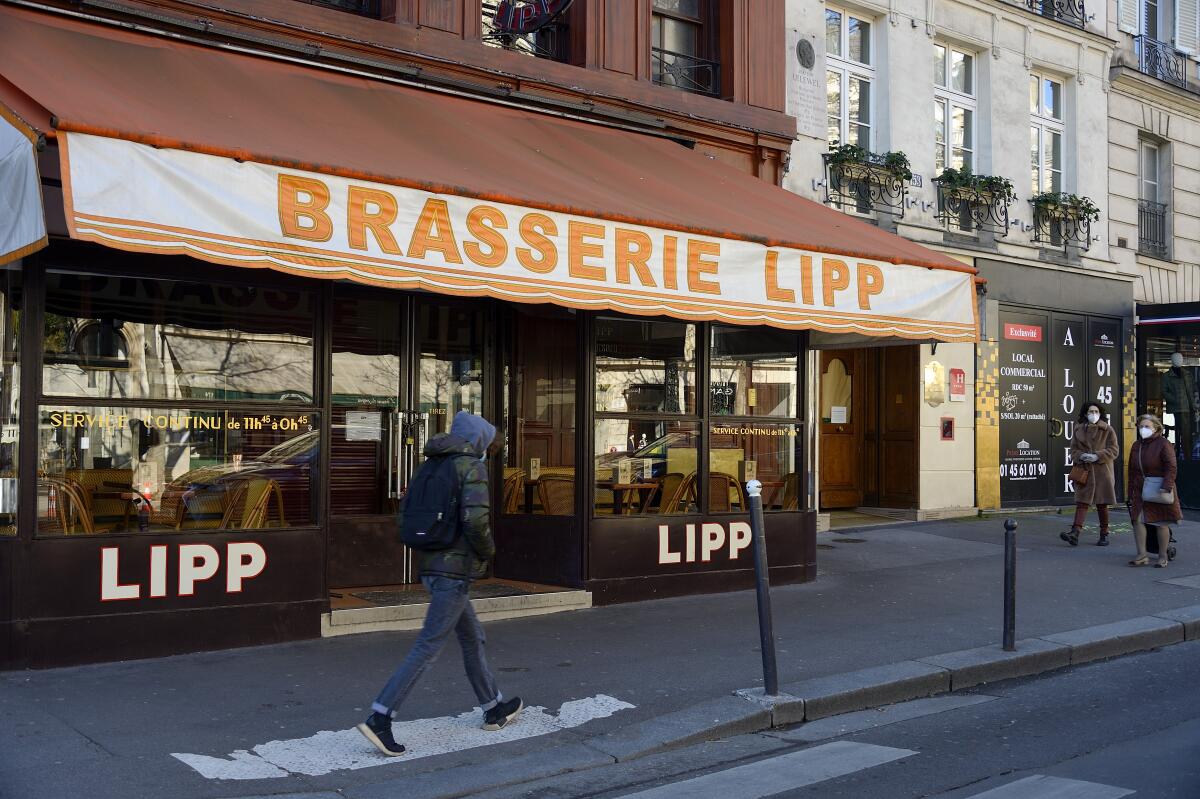
- Share via
Going for the brasserie, saving the L.A. Breakfast Club, remembering the insatiable critic and a food blogging pioneer. I’m Laurie Ochoa, general manger of L.A. Times Food, with this week’s Tasting Notes.
The brasserie life
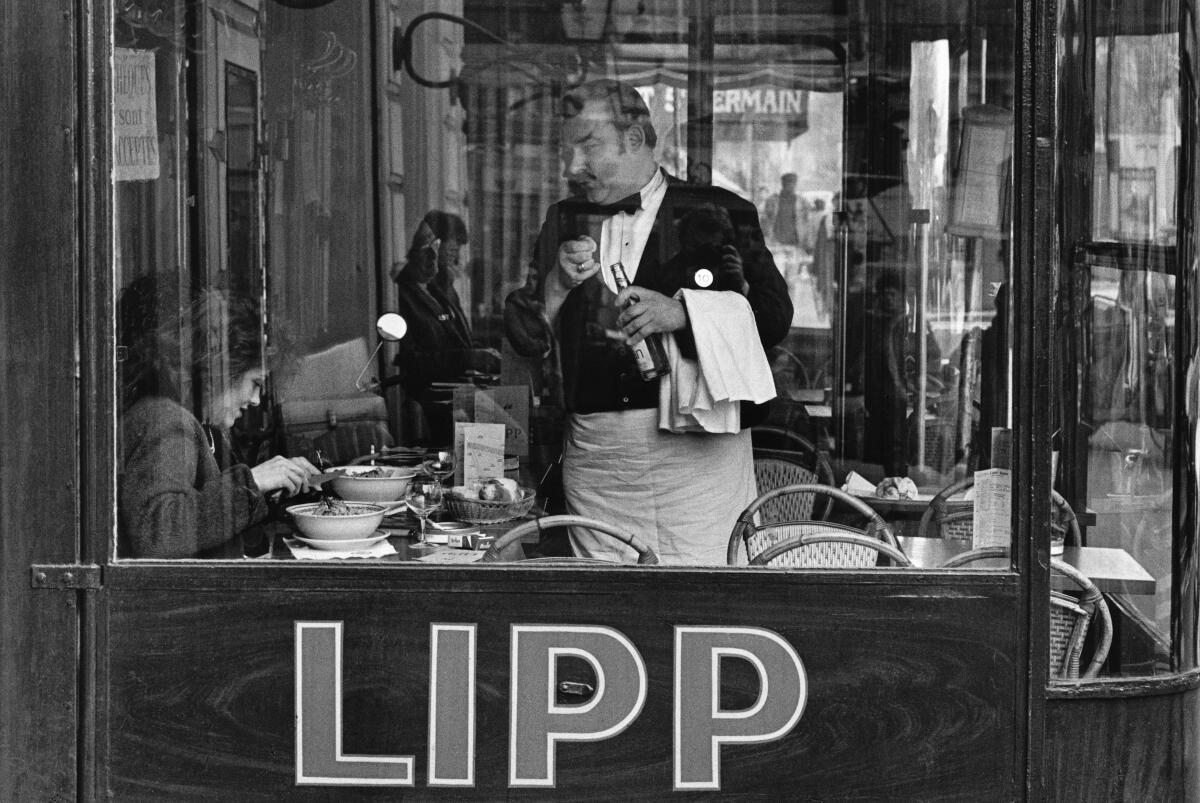
The cafe culture triangle that centers on Paris’ Boulevard Saint-Germain is dominated by Les Deux Magots and Café de Flore, where lines of tourists and a few Parisians take up prime sidewalk space waiting for a seat at one of the dueling Left Bank literary attractions. Just across the busy thoroughfare, you’re less likely to find a line at Brasserie Lipp, which is mentioned in Hemingway’s “A Movable Feast.” Indeed, “Hemingway ate here” is a claim all three institutions make.
With an early-evening flight home ahead, I went full tourist and spent my last hours in Paris over a long lunch at Lipp, a perfect room for soaking in the romance of the city. I suspect that one of the reasons it’s slightly easier to find a table at the always-packed Lipp is that it lacks the open-air seating of the Flore and Deux Magots — its few outdoor tables are enclosed. Yet after eating there on my first day in Paris and two weeks later on my last, I’ve decided that I could easily come to love the Lipp with the same ardor I hold for Hollywood’s Musso & Frank Grill. Writer (and current “Tár” featured player) Adam Gopnik called Lipp “the third planet, perturbing the orbits of the two others” when he puzzled over the fashionability of the Flore above Deux Magots for a 1996 New Yorker essay that was adapted for his book “Paris to the Moon.”

Enjoying this newsletter? Consider subscribing to the Los Angeles Times
Your support helps us deliver the news that matters most. Become a subscriber.
It was unfashionably early when we first arrived for lunch at the Lipp (there was that plane to catch), but this gave us a chance to be swept into a prime corner table from which we could watch the dining room fill up. Two French couples, perhaps grabbing a bite before a Saturday matinee (Opéra Bastille was staging an afternoon performance of “Salomé”) were seated beside us. A solo diner deftly managed escargot tongs. The chef, with a formidable toque atop his head, gave the VIP treatment to the distinguished host of a table for six. Nearby, a long-aproned waiter delighted the youngest members of a family by presenting a dessert of profiteroles with a wink and graceful hand flourish.
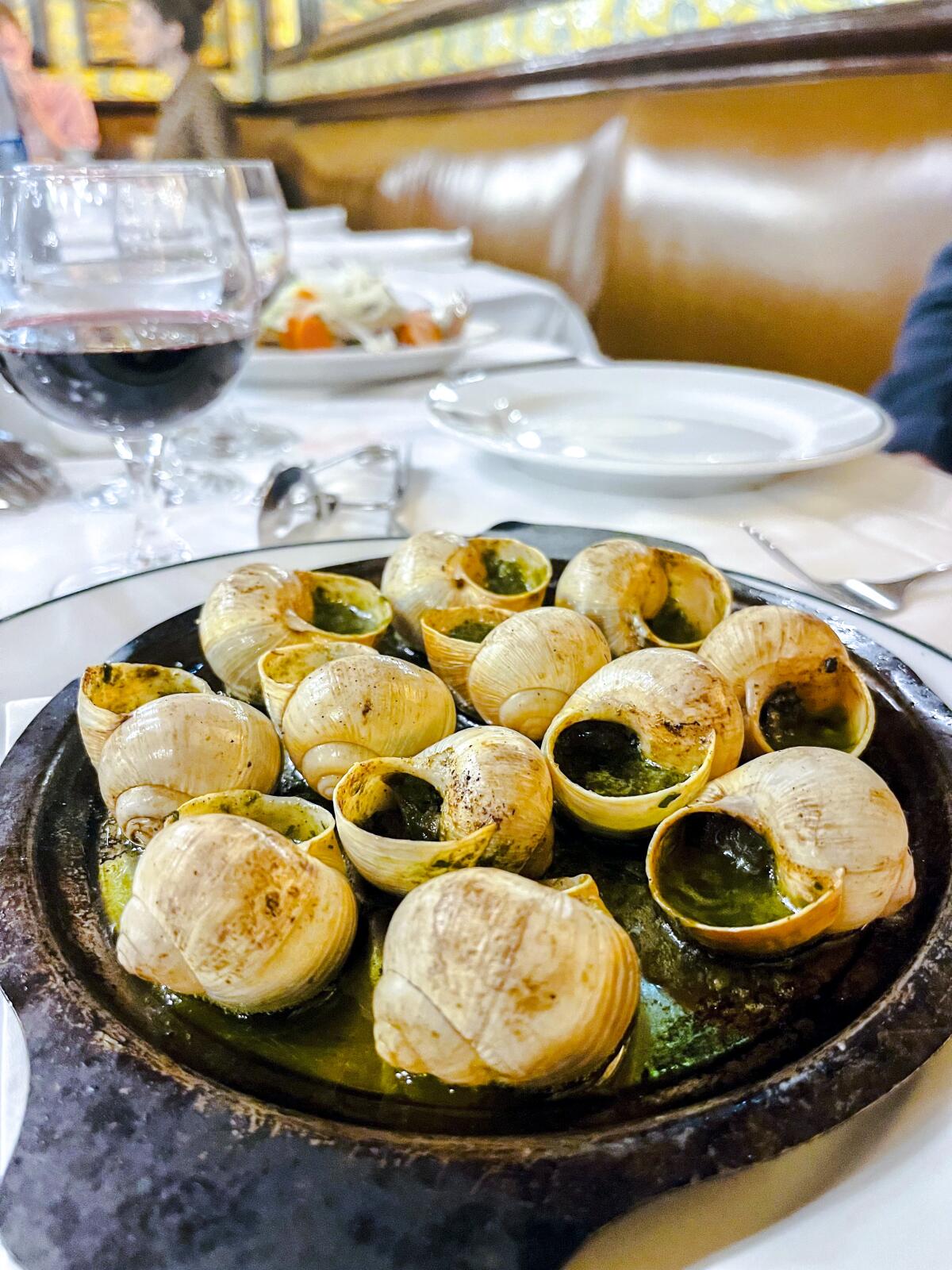
At our table, I couldn’t resist the pied de porc, a pig trotter served with a potato puree so smooth with butter it went beyond mashed potatoes. We also had herring fillets and classic escargots, all the sorts of foods we rarely see in Los Angeles — though I do have long-ago memories of a wonderful dish of snails and pig trotters wrapped in caul fat at Roland Gibert and Maurice Peguet’s 1990s Melrose Avenue restaurant Tulipe.
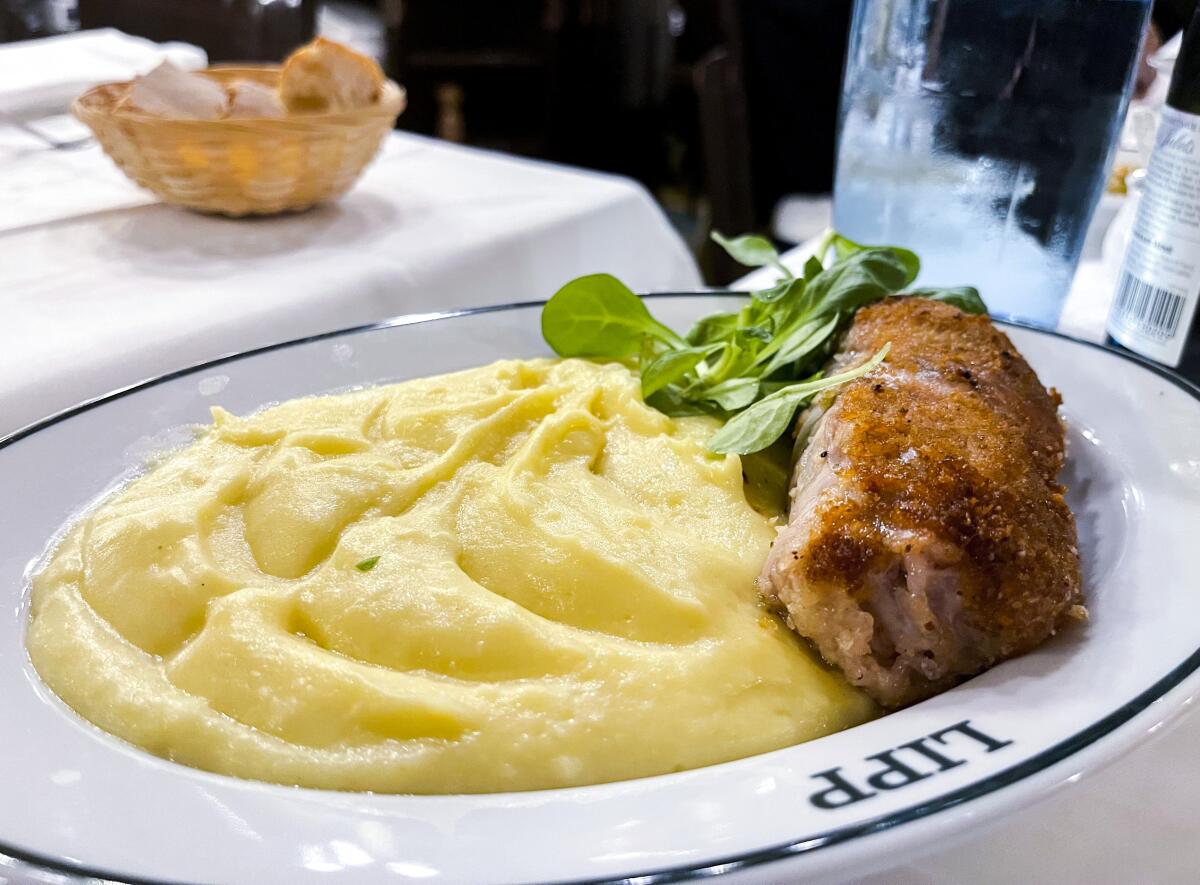
Eat your way across L.A.
Get our weekly Tasting Notes newsletter for reviews, news and more.
You may occasionally receive promotional content from the Los Angeles Times.
Beyond the romance of the food, it struck me as lunchtime diners filled the dining room, where groups of guests have barely a couple of inches between them and waiters must pull out the tightly wedged tables to allow guests to take their banquette seats, that I hadn’t been in such a lively, jam-packed eating establishment in years — certainly not since the start of COVID. Over the clinking of glasses, laughter of friends and sounds of Americans trying to place their orders in English and broken French over the din, it felt good to be in a room filled with happy humans. With luck, we’ll be done with new pandemic variants and can have meals like this in Los Angeles too.
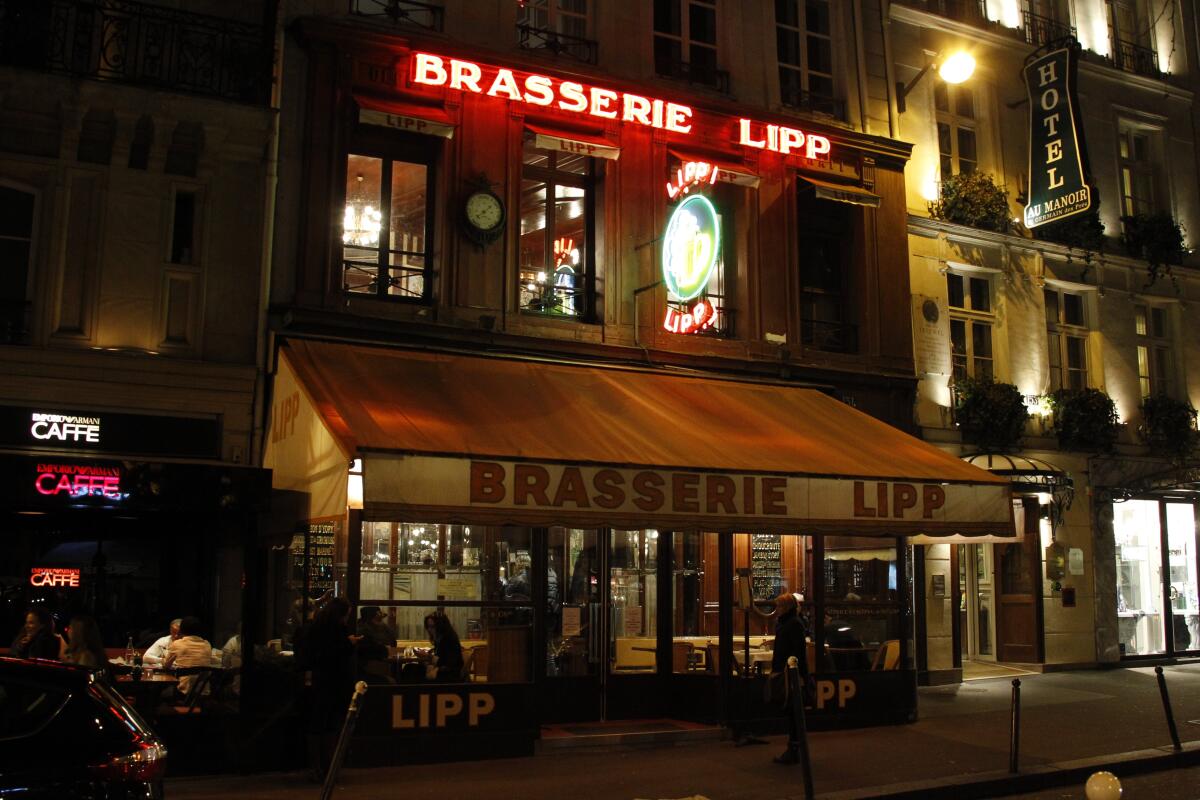
Have a question?
Saving the Breakfast Club
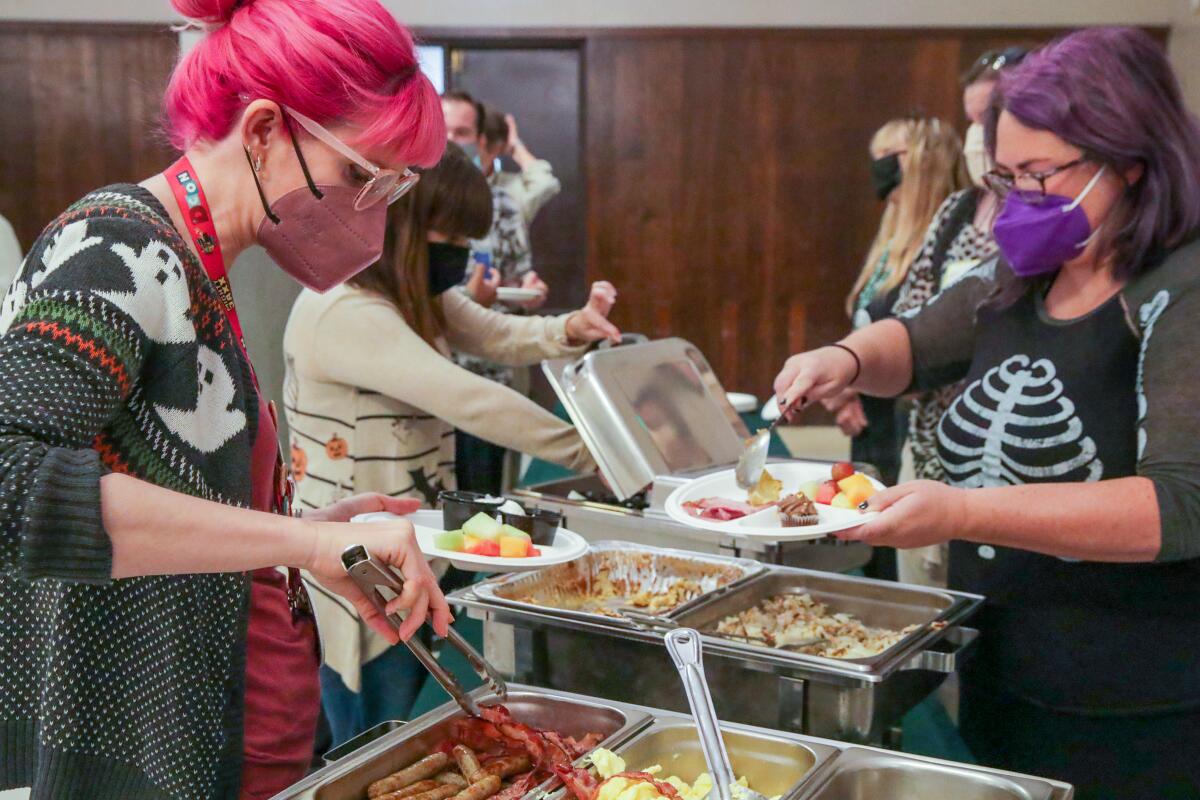
Writer Heather Platt shares the happy news about the revival of a longtime SoCal institution: “Nearly a century since its inception as a meeting place for businessmen to have breakfast after horseback riding along the trails of Griffith Park, the Los Angeles Breakfast Club is thriving despite its near-demise almost a decade ago, when only nine members remained.” On Platt’s visit, there were nearly 100 people “seated at long tables set with paper placemats and silver carafes full of hot black coffee next to white cups of creamer packets” at the Shrine of Friendship Auditorium, where the club’s 50-year lease has expired. Read Platt’s full report with the early risers as they fight to keep their place in the meeting hall.
The insatiable critic
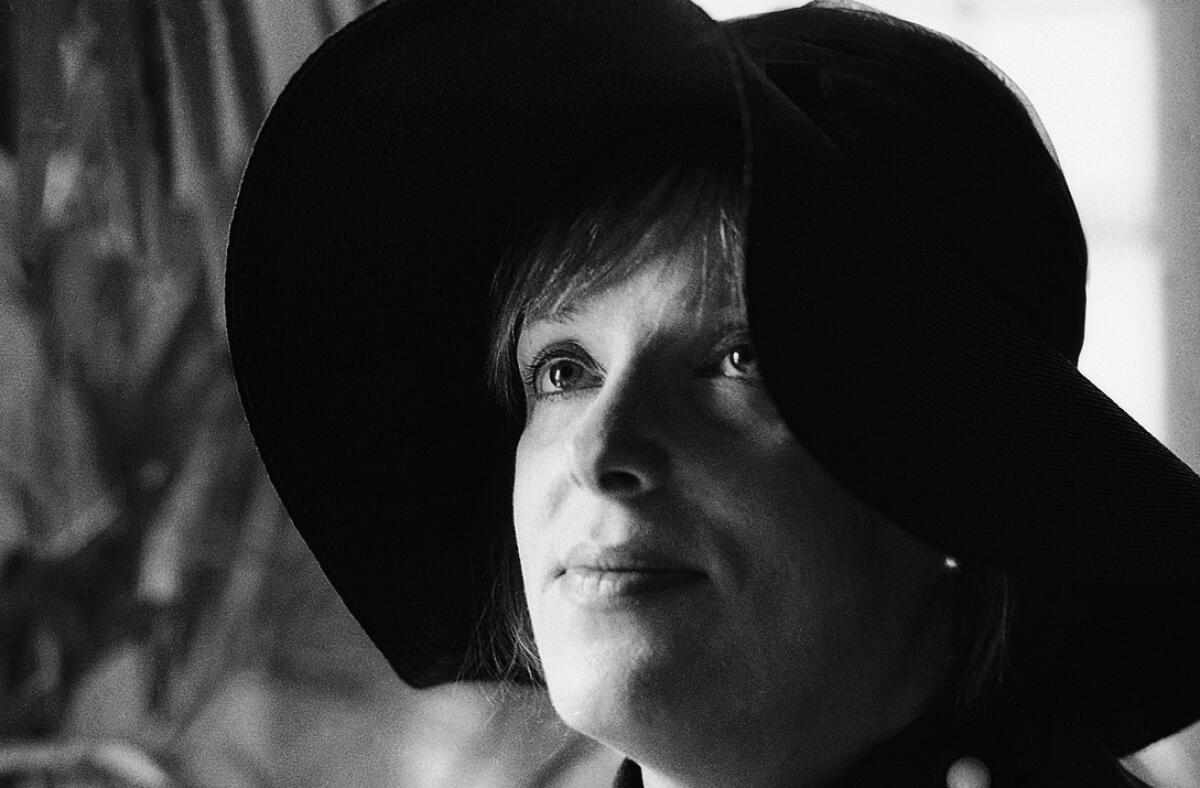
Over dinner last week, Times restaurant critic Bill Addison told me about his early days learning the craft of reviewing. He stuffed a notebook full of restaurant reviews that he’d print off the internet and between temp jobs and acting auditions studied the form — the food descriptions, the structure, the place to flesh out the chef’s backstory. Ruth Reichl, Alison Cook and, yes, Jonathan Gold were among the critics he studied. But when news came this week that longtime New York magazine restaurant critic Gael Greene had died of cancer at age 88, Addison wrote an appreciation that talked about her place in his handmade textbook.
“Among my study material was a piece I returned to many times for its sweep, intelligence and boldness.” It was a 2000 review of Alain Ducasse’s attempt to bring three-star Michelin dining to New York at the Essex House.
“The piece glides,” Addison writes. “The insults are amazing. A roulade of sole is ‘pathetic.’ She says of a rye tuile flavored with sun-dried tomato and Parmesan and presented with much flourish: ‘I taste another just to be sure. It’s not even a big nothing. It’s a small embarrassing nothing.’”
Of Greene, whose reviews frequently ran under the “Insatiable Critic” banner, Addison says, “She was a reporter but also frequently made herself a character. Her prose was unapologetically lush; she was a proud sensualist. .... In her reviews, barbs often landed like the well-made beurre blanc she must have eaten so often in the days of New York’s French-dominated gastronomy: vinegary, suave and cohesive.”
How Julie Powell changed food blogging
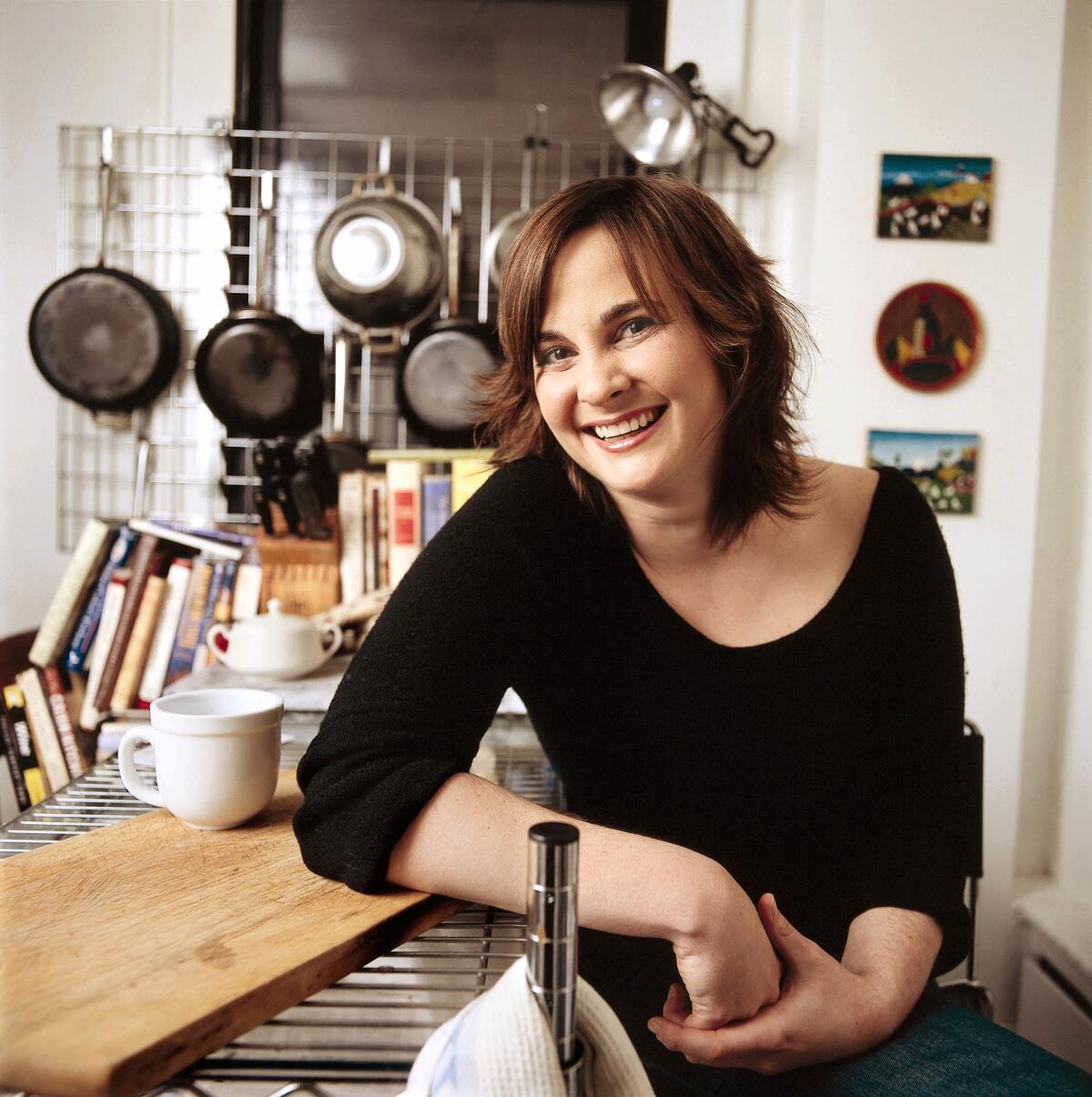
This week also saw the death of author and blogging pioneer Julie Powell, 49, who, as Christi Carras writes, “famously documented her yearlong mission to cook every recipe in Julia Child’s book ‘Mastering the Art of French Cooking’” for the Salon.com blog “The Julie/Julia Project.” The blog became the movie “Julie & Julia,” starring Amy Adams as Powell and Meryl Streep as Child, a role that earned her an Oscar nomination.
What many don’t know is that, despite the film’s narrative crediting the Christian Science Monitor, former L.A. Times Food editor Russ Parsons was the first reporter from a major newspaper to interview Powell about the blog, when she was about halfway through the project. In his 2003 story, he wrote, “Powell’s is not the first food blog, but it is one of the few that bears repeated reading. Most are devoted to ‘here’s what I cooked last night’ or ‘here’s where I ate out last night.’ What makes ‘Julie/Julia’ different is not only the premise, but also Powell’s sense of humor about it.” Read more of his interview here, as well as his 2009 story about when he shared what happened when he first showed Powell’s blog to Child.
Koreatown classic returns
Stephanie Breijo has the excellent news that the mother-and-son team behind beloved Koreatown restaurant Jun Won, which closed in July 2020, are returning to business as “Jun Won Dak, a takeout-only operation,” Breijo writes, “focusing on chicken, though a few of their signature dishes — such as braised black cod, a favorite of celebrated Times food critic Jonathan Gold’s — will make a return too. On Nov. 21 they hope to hold Jun Won Dak’s grand opening.”
L.A. Goes Out
On Nov. 16, we welcome L.A. Goes Out, a new L.A. Times newsletter that Tasting Notes readers will want to check out. Arts reporter Steven Vargas is putting together a breakdown of the week’s best events. As Vargas puts it, “I’ll share the top five things to do right now alongside suggestions for your date night or day with the kids, a heads-up on tickets going on sale (or released for free!) and a rundown of those must-see shows closing soon. Every now and then, I’ll bring some tips straight from the source — sharing what artists of L.A. have to say about what to see and where to find it.” Sign up here.
— And while we’re on the subject of going out: Bill Addison is in the final stretch of choosing and writing the restaurants that will make his list of the 101 Best Restaurants in Los Angeles, but tickets for the announcement party are already on sale and going fast. The early-bird tickets are gone, but there are still tickets available for the Dec. 6 event at City Market Social House in downtown L.A. Find out more on our events site.
— Finally, with Halloween over, many are already starting their holiday gift shopping. Our food lovers’ gift guide came out this week along with several other shopping guides. Cutting boards from wood left after making musical instruments, modern molcajetes and exceptional tea are some of the suggestions. My pick is the hot sauce collection from Gilberto Cetina’s restaurant Holbox.
Eat your way across L.A.
Get our weekly Tasting Notes newsletter for reviews, news and more.
You may occasionally receive promotional content from the Los Angeles Times.




